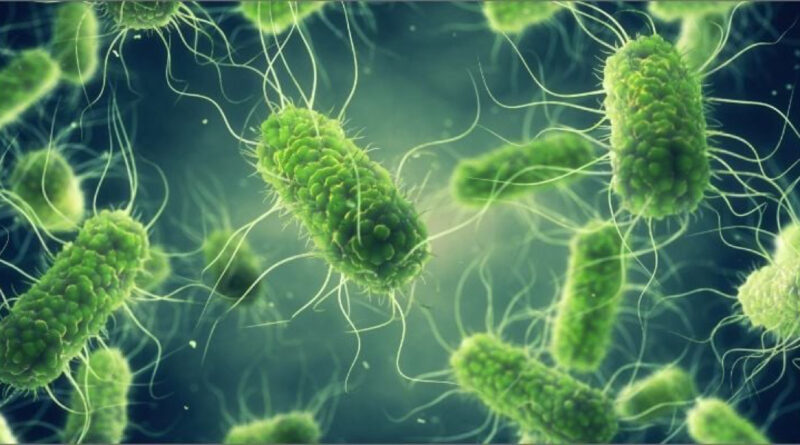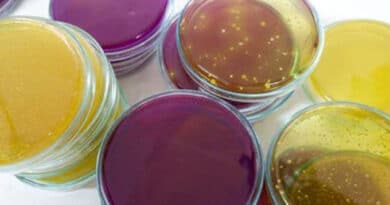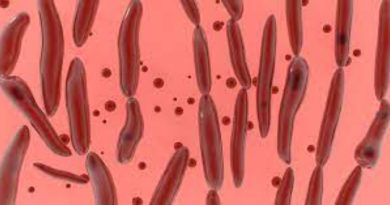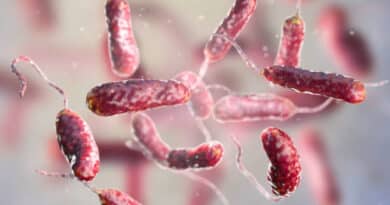Cultural Characteristics of Salmonella: A Comprehensive Overview
Salmonella, a genus of rod-shaped, Gram-negative bacteria, is a significant pathogen responsible for a variety of illnesses in humans and animals. Understanding its cultural characteristics is crucial for accurate identification, diagnosis, and treatment of Salmonella-related infections. This article delves into the cultural properties of Salmonella, highlighting its growth conditions, biochemical activities, and morphological traits in various laboratory media.
Morphology and Basic Characteristics
Salmonella species are typically non-spore-forming, facultatively anaerobic, and motile due to peritrichous flagella. They measure approximately 0.7 to 1.5 micrometers in width and 2 to 5 micrometers in length. The Gram-negative cell wall structure comprises an outer membrane with lipopolysaccharides, contributing to its pathogenicity and immune response in the host.
Growth Conditions
Salmonella thrives in a wide range of environments but shows optimal growth at 35-37°C. It can grow in both aerobic and anaerobic conditions, although it prefers a slightly acidic to neutral pH (6.5-7.5). These bacteria are capable of surviving in harsh conditions, such as low temperatures and high salinity, making them resilient in various habitats.
Culture Media
Several selective and differential media are employed for isolating and identifying Salmonella species, each revealing distinct characteristics.
1. MacConkey Agar
– Appearance: Salmonella colonies on MacConkey agar are colorless, indicating their inability to ferment lactose. This medium differentiates lactose fermenters (which appear pink) from non-fermenters (which remain colorless).
– Significance: This characteristic helps distinguish Salmonella from other Enterobacteriaceae that can ferment lactose, such as Escherichia coli.
2. Xylose Lysine Deoxycholate (XLD) Agar
– Appearance: On XLD agar, Salmonella colonies typically appear red with black centers due to hydrogen sulfide (H₂S) production. The red color is a result of the alkaline reaction from lysine decarboxylation.
– Significance: XLD agar is highly effective in isolating and differentiating Salmonella from Shigella (which forms red colonies without black centers) and other enteric pathogens.
3. Hektoen Enteric (HE) Agar
– Appearance: Salmonella colonies on HE agar are green or blue-green with black centers. The blackening is due to H₂S production.
– Significance: This medium differentiates Salmonella (H₂S positive) from other enteric bacteria, aiding in its identification.
4. Bismuth Sulfite Agar
– Appearance: On Bismuth Sulfite agar, Salmonella colonies initially appear black or brown, sometimes with a metallic sheen.
– Significance: This medium is particularly useful for isolating Salmonella Typhi, the causative agent of typhoid fever.
Biochemical Characteristics
Salmonella species exhibit various biochemical activities that aid in their identification:
1. Triple Sugar Iron (TSI) Agar
– Reaction: Salmonella typically produces an alkaline slant (red) and an acid butt (yellow) with or without gas production and H₂S production (black precipitate).
– Significance: The TSI test helps differentiate Salmonella from other enteric bacteria based on sugar fermentation and H₂S production.
2. Urease Test
– Reaction: Salmonella does not produce urease, thus the test remains negative (no color change).
– Significance: This test helps distinguish Salmonella (urease negative) from Proteus species (urease positive).
3. Citrate Utilization Test
– Reaction: Salmonella can utilize citrate as its sole carbon source, resulting in a positive test (color change to blue).
– Significance: This test differentiates Salmonella (citrate positive) from other non-utilizing bacteria.
4. Motility Test
– Reaction: Salmonella is motile and exhibits a diffuse, spreading growth pattern away from the stab line.
– Significance: This characteristic distinguishes motile Salmonella from non-motile bacteria.
Conclusion
The cultural characteristics of Salmonella, encompassing its growth conditions, morphological traits, and biochemical activities, are essential for its identification in clinical and laboratory settings. By utilizing various selective and differential media, along with biochemical tests, microbiologists can effectively isolate and identify Salmonella species, facilitating accurate diagnosis and appropriate treatment of infections. Understanding these cultural properties not only aids in clinical diagnostics but also enhances our knowledge of Salmonella’s behavior in different environments, contributing to better public health measures and food safety protocols.



